Home>Storage & Organization>Kitchen Organizing Tools>How To Organize A Small Pantry
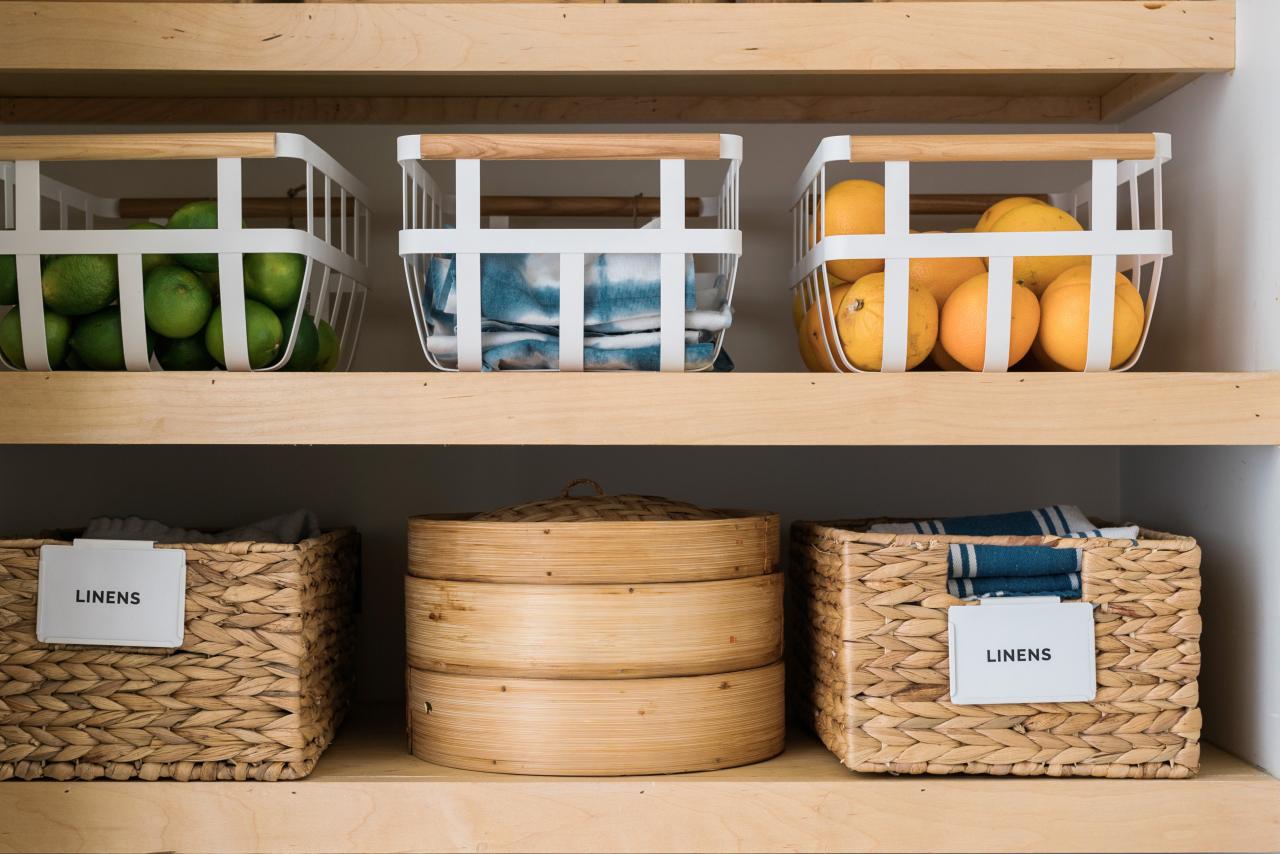

Kitchen Organizing Tools
How To Organize A Small Pantry
Published: March 3, 2024
Learn how to maximize space and efficiency in your small pantry with the best kitchen organizing tools. Transform your cluttered pantry into a functional and organized space.
(Many of the links in this article redirect to a specific reviewed product. Your purchase of these products through affiliate links helps to generate commission for Storables.com, at no extra cost. Learn more)
Assessing Your Pantry Space
Before diving into organizing your small pantry, it's crucial to assess the available space. Take a good look at the layout and dimensions of your pantry. Measure the shelves, drawers, and any other storage areas to get a clear understanding of the space you're working with. This will help you determine the types of storage solutions that will fit and maximize the available space. Additionally, consider the accessibility of the items in your pantry. Are there any hard-to-reach areas that could be better utilized with the right organization? Understanding the layout and accessibility of your pantry is the first step in creating an efficient and functional storage system.
Key Takeaways:
- Assess your pantry space and declutter before organizing. Use over-the-door organizers, stackable bins, and clear containers to maximize space and keep items accessible.
- Categorize, label, and maintain your pantry regularly. Group similar items, use clear containers, and involve the household in upkeep for a tidy and efficient small pantry.
Decluttering and Sorting Items
Decluttering and sorting items is a crucial step in organizing a small pantry. Start by taking everything out of the pantry and sorting through each item. Check for expired goods and dispose of them. Donate any non-perishable items that you won't use but are still in good condition. Once you've decluttered, it's time to sort the remaining items into categories. Group similar items together, such as canned goods, spices, baking supplies, snacks, and so on. This will give you a clear idea of how much space you need for each category and help you plan the layout of your pantry more effectively.
Next, assess the frequency of use for each item. Place frequently used items at eye level or within easy reach, while items that are used less often can be stored on higher or lower shelves. This will make it easier to access the items you need without having to rummage through the entire pantry. Sorting items based on their usage frequency is a simple yet effective way to streamline your pantry and make it more user-friendly.
Utilizing Storage Solutions
When it comes to organizing a small pantry, utilizing storage solutions is key to maximizing the available space. There are various storage solutions specifically designed for small pantries that can help you make the most of every inch. Here are some effective storage solutions to consider:
1. Over-the-Door Organizers
Over-the-door organizers are a fantastic space-saving solution for small pantries. These organizers can be hung over the pantry door or on the inside of the door, providing additional storage for items such as spices, condiments, or small packaged goods. They come in a variety of designs, including pockets, baskets, and racks, allowing you to customize the storage to suit your needs.
2. Stackable Bins and Baskets
Stackable bins and baskets are perfect for maximizing vertical space in a small pantry. These containers can be stacked on shelves to create multiple levels of storage, making it easier to see and access items at the back of the shelf. Opt for clear bins or baskets to easily identify the contents without having to pull them out.
Read more: How To Organize Small Pantry Cabinet
3. Lazy Susans
Lazy Susans are a game-changer when it comes to organizing a small pantry. These rotating trays allow you to access items at the back of deep shelves without having to move everything in front. They are ideal for storing spices, oils, vinegars, or other small items that tend to get lost in the depths of the pantry.
4. Drawer Organizers
If your pantry has drawers, using drawer organizers can help keep small items and loose packets in order. These organizers come in various sizes and configurations, making it easy to customize the drawers to accommodate different types of pantry items.
5. Shelf Risers
Shelf risers are an excellent solution for creating additional storage space within the existing shelves. By using shelf risers, you can effectively double the storage capacity of each shelf, allowing you to store more items without cluttering the space.
6. Clear Storage Containers
Transferring dry goods such as grains, pasta, and snacks into clear storage containers not only keeps them fresh longer but also makes it easier to see what you have at a glance. Opt for stackable containers to make the most of your shelf or counter space.
By incorporating these storage solutions into your small pantry, you can efficiently organize and optimize the available space, making it easier to find and access items while keeping your pantry looking neat and tidy.
Categorizing and Labeling Items
Categorizing and labeling items is an essential part of organizing a small pantry. Once you have decluttered and sorted your items, it's time to categorize them based on their type and usage. Here's how you can effectively categorize and label items in your pantry:
1. Group Similar Items Together
Group similar items together to create distinct categories. For example, place all canned goods in one section, baking supplies in another, and snacks in a separate area. This will not only make it easier to locate items but also streamline the overall organization of your pantry.
2. Use Clear Containers
Transferring items into clear containers can help maintain a uniform and organized look in your pantry. Clear containers allow you to see the contents at a glance, making it easier to identify what you need without having to open multiple containers. Additionally, clear containers create a cohesive and visually appealing storage solution.
3. Label Each Category
Labeling is crucial for maintaining an organized pantry. Use a label maker or simple adhesive labels to clearly mark each category. Be specific with your labels, such as "Canned Vegetables," "Baking Essentials," "Snacks," etc. This will ensure that everyone in the household knows where items belong and where to return them after use.
4. Consider Placement and Accessibility
When categorizing and labeling items, consider the placement of each category within the pantry. Place frequently used items at eye level or within easy reach, while items used less often can be stored on higher or lower shelves. This strategic placement, combined with clear labeling, will make it effortless to locate and retrieve items as needed.
5. Maintain Consistency
Consistency is key when categorizing and labeling items. Once you've established a system, stick to it. Avoid mixing different categories or neglecting to label new items that are added to the pantry. Consistent categorization and labeling will ensure that your pantry remains organized in the long run.
By categorizing and labeling items in your small pantry, you can create a systematic and user-friendly storage space that makes it easy to find, access, and maintain the items you need.
Creating a System for Maintenance
Maintaining an organized pantry is just as important as the initial organization process. To ensure that your small pantry stays tidy and functional, it's essential to establish a system for maintenance. Here's how you can create a maintenance system that keeps your pantry organized in the long term:
-
Regular Check-Ups: Schedule regular check-ups for your pantry. Set aside time every few weeks to go through the items, check for expired goods, and reorganize any items that may have been misplaced. This proactive approach will prevent clutter from building up and keep your pantry in top condition.
-
Rotate Stock: When you restock your pantry with new groceries, be sure to rotate the existing stock. Move older items to the front and place newer items behind them. This practice ensures that older items are used first, reducing the likelihood of items expiring before they are consumed.
-
Wipe Down Shelves and Containers: Periodically wipe down the shelves and containers in your pantry to keep them clean and free of spills or crumbs. This simple maintenance task will help maintain a hygienic and visually appealing pantry space.
-
Adjust as Needed: As your household's needs change or as you discover more efficient storage solutions, be open to adjusting the organization of your pantry. Flexibility is key to maintaining an organized space that evolves with your requirements.
-
Involve the Household: Encourage everyone in the household to participate in maintaining the pantry's organization. Clearly communicate the organization system and encourage family members to return items to their designated places after use. When everyone is involved, it becomes easier to uphold the organization system.
-
Celebrate Success: Acknowledge and celebrate the effort put into maintaining an organized pantry. When everyone sees the benefits of a well-maintained pantry, they are more likely to continue contributing to its upkeep.
By creating a system for maintenance that includes regular check-ups, stock rotation, cleaning, flexibility, household involvement, and positive reinforcement, you can ensure that your small pantry remains organized and functional for the long term.
Frequently Asked Questions about How To Organize A Small Pantry
Was this page helpful?
At Storables.com, we guarantee accurate and reliable information. Our content, validated by Expert Board Contributors, is crafted following stringent Editorial Policies. We're committed to providing you with well-researched, expert-backed insights for all your informational needs.
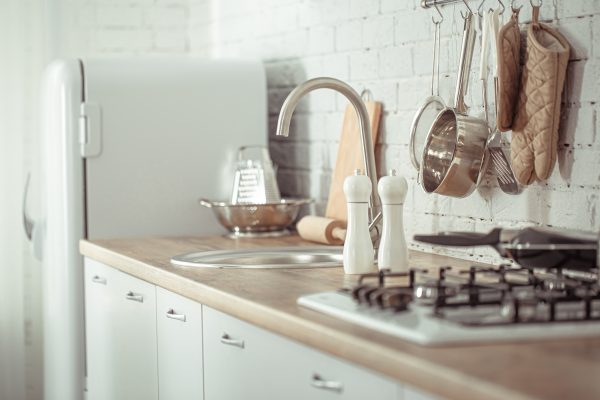
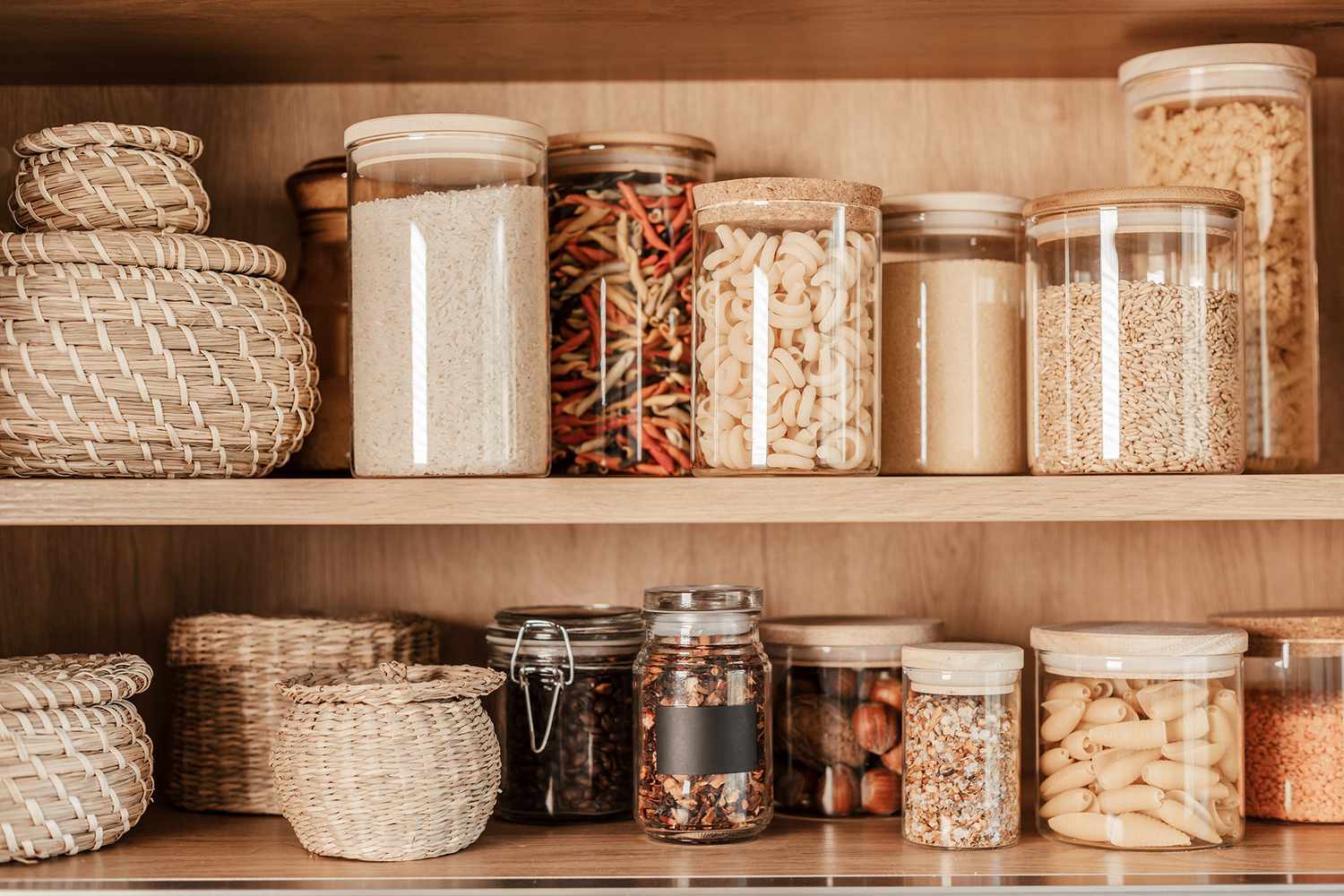
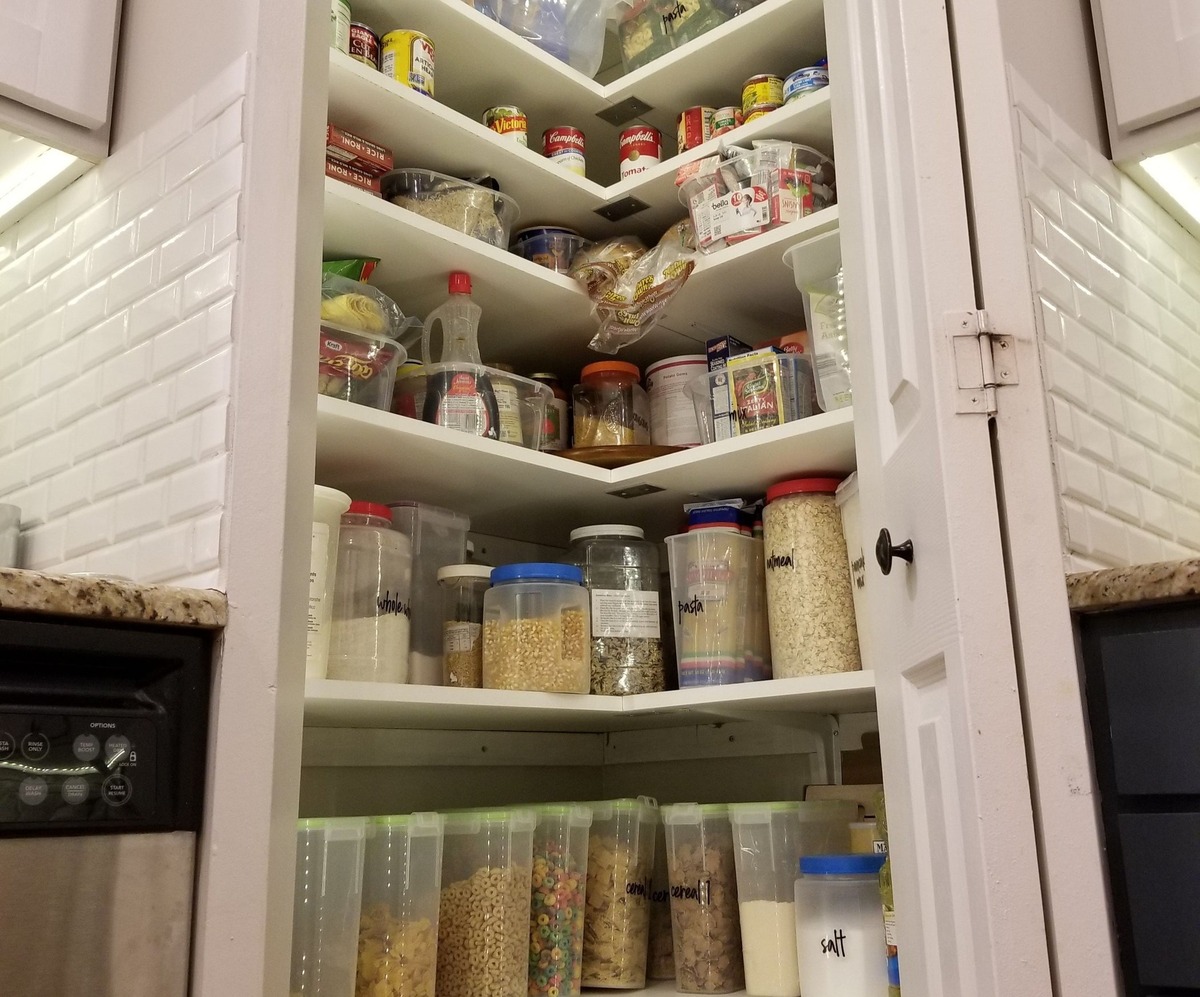
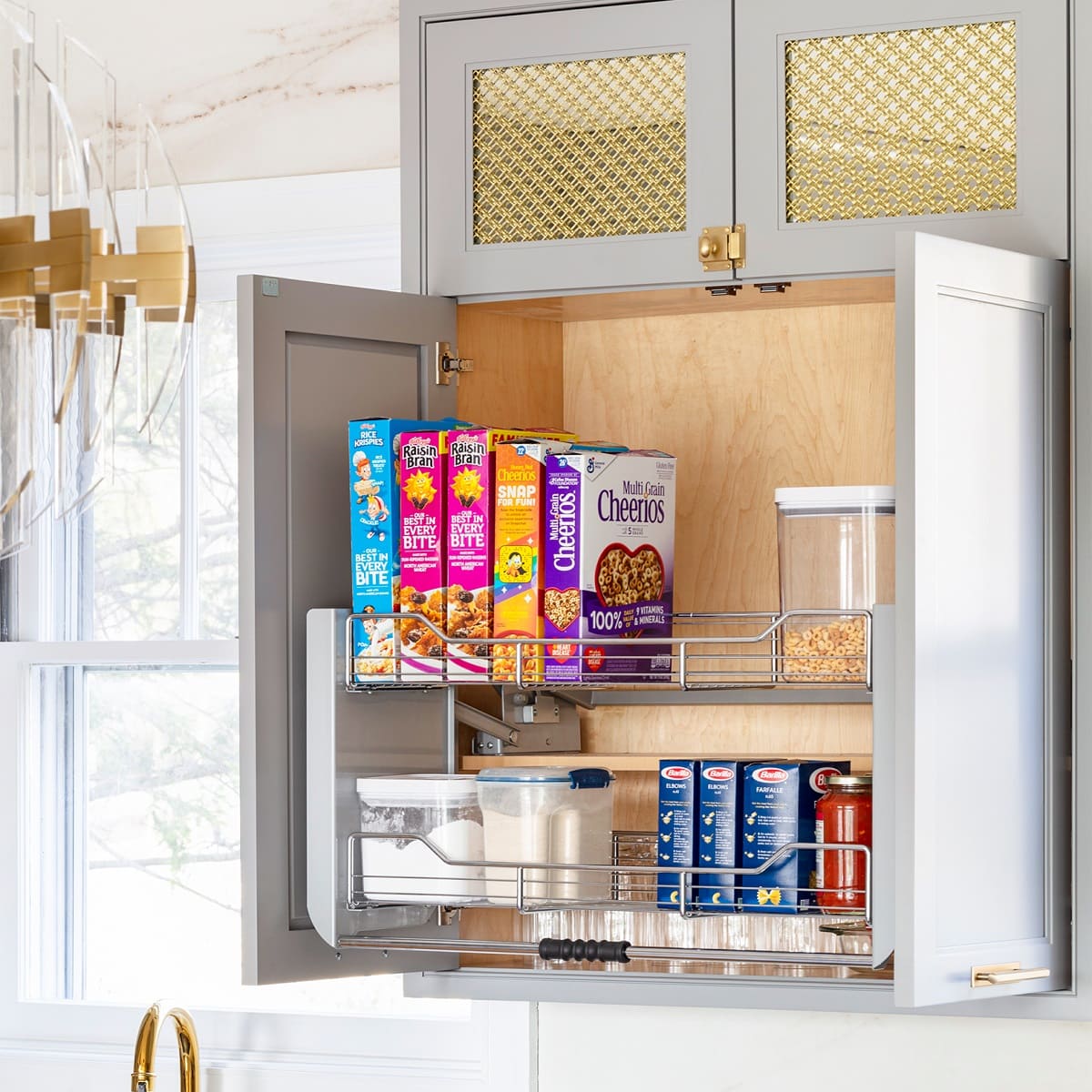
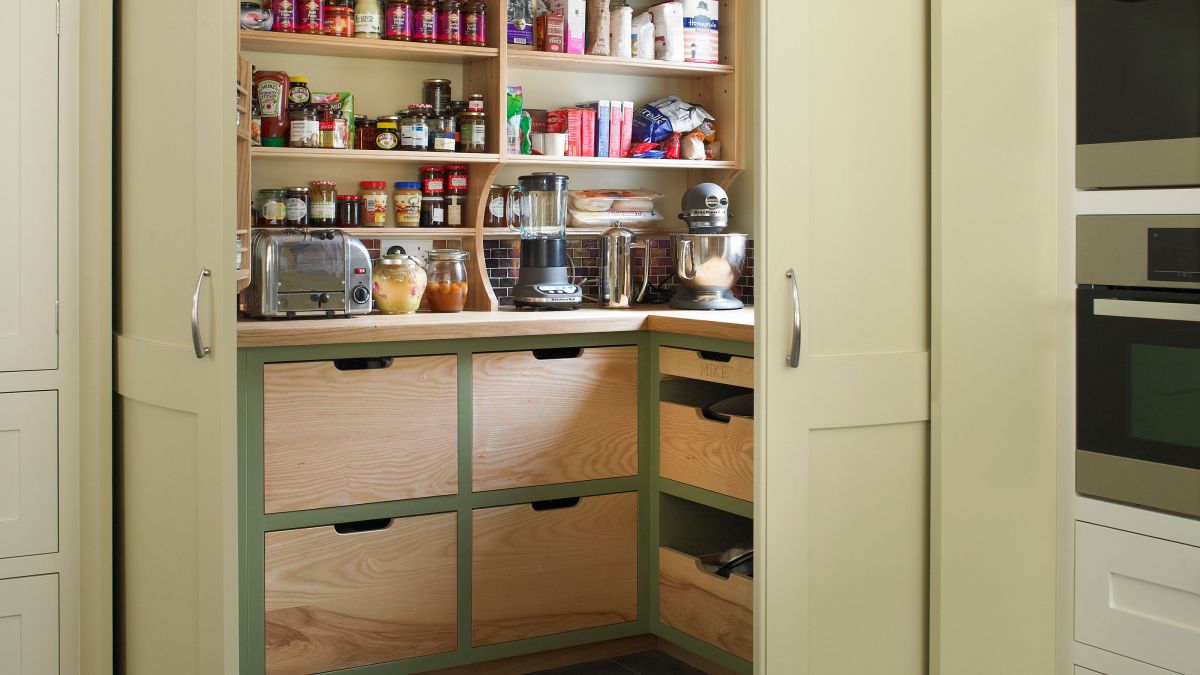
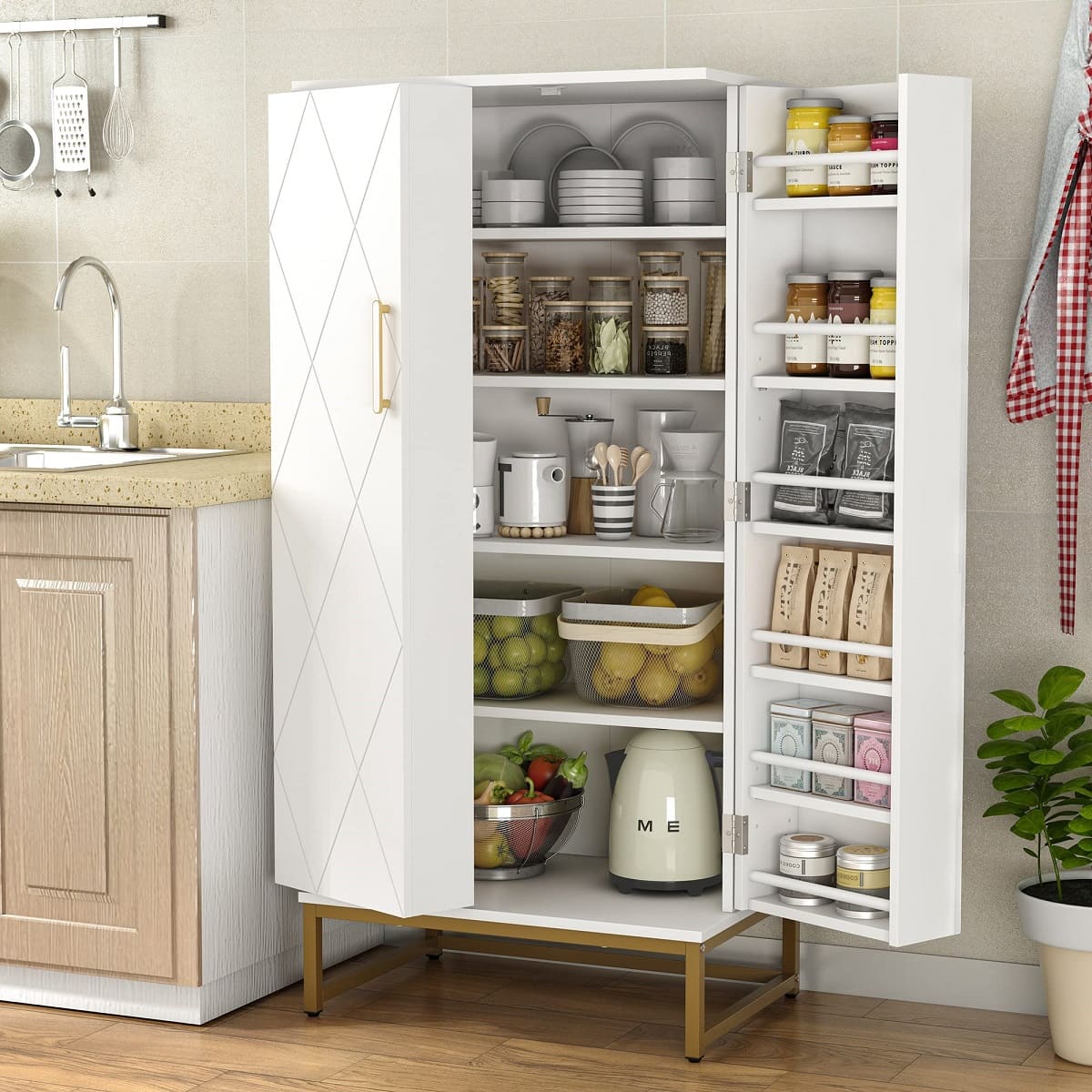
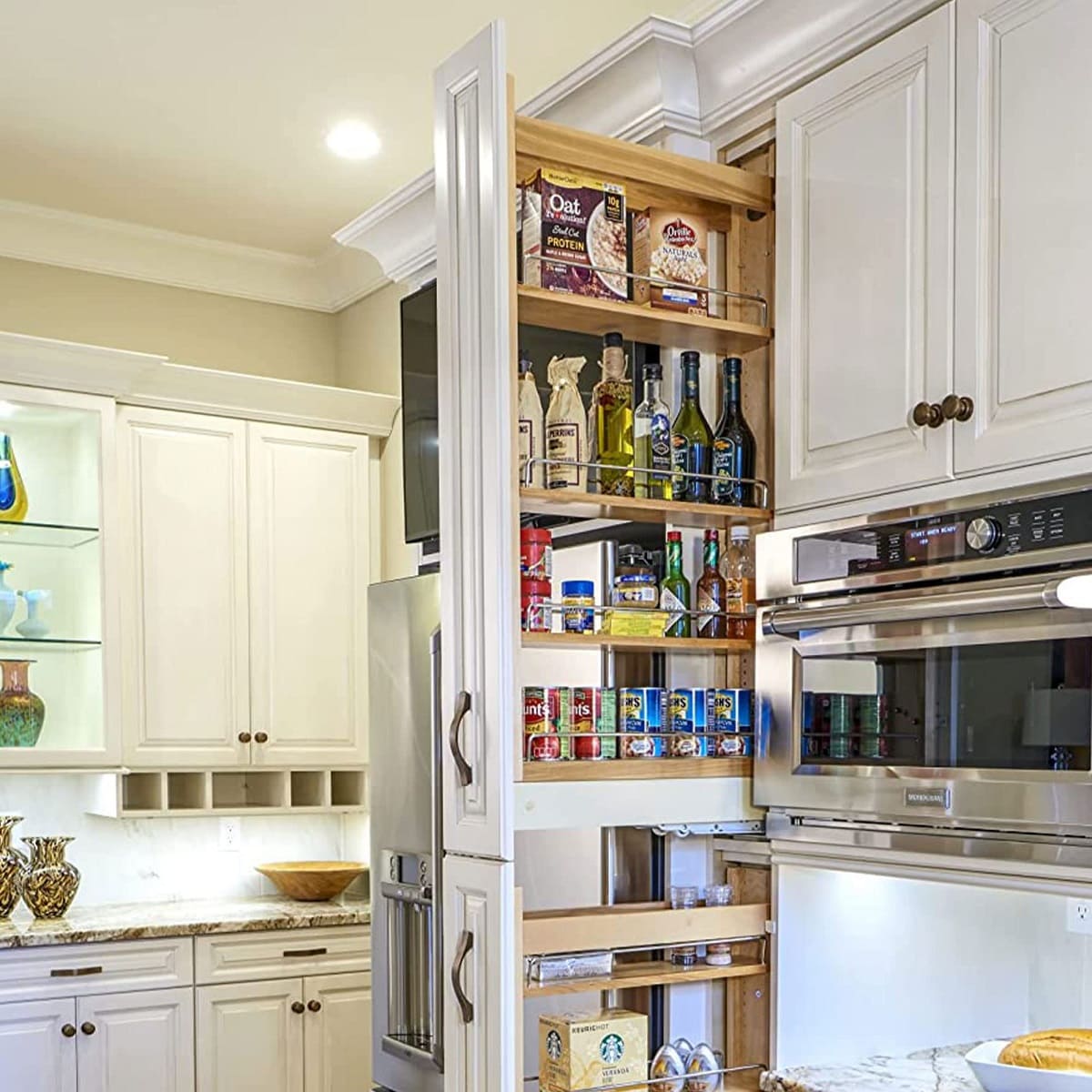
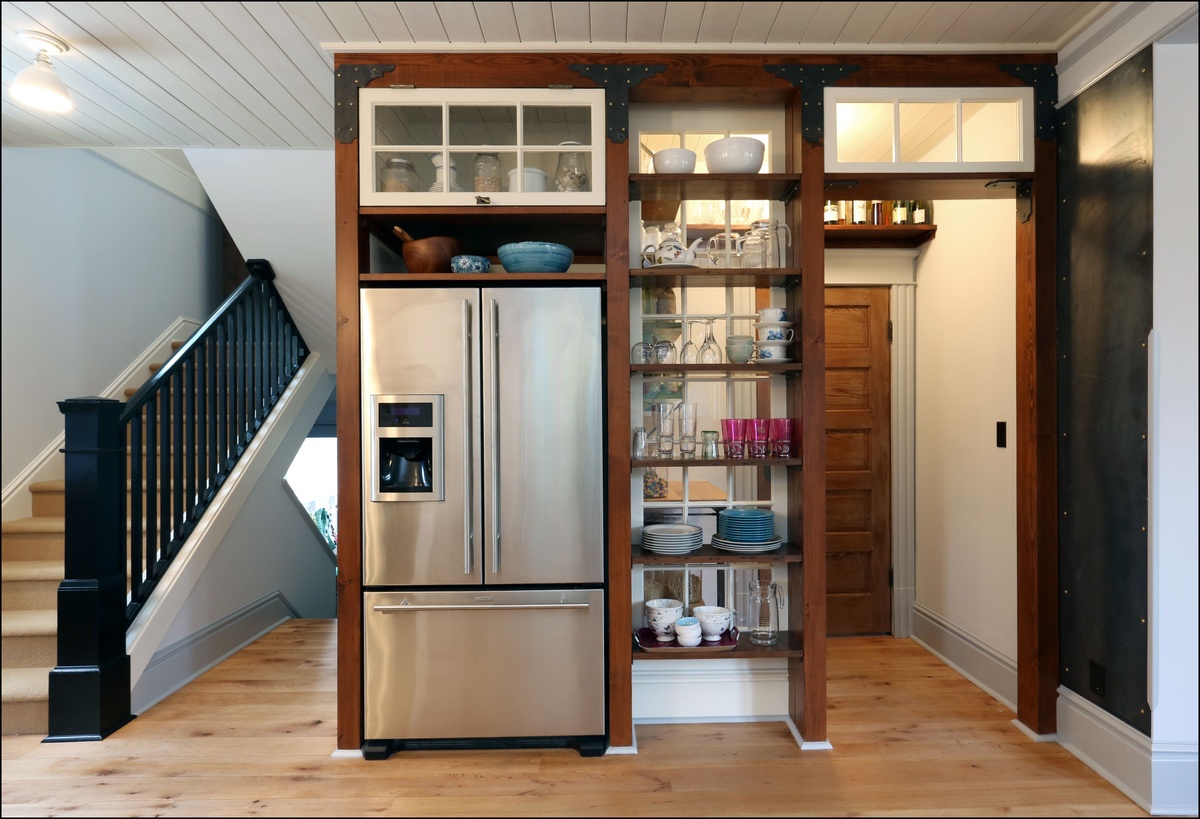
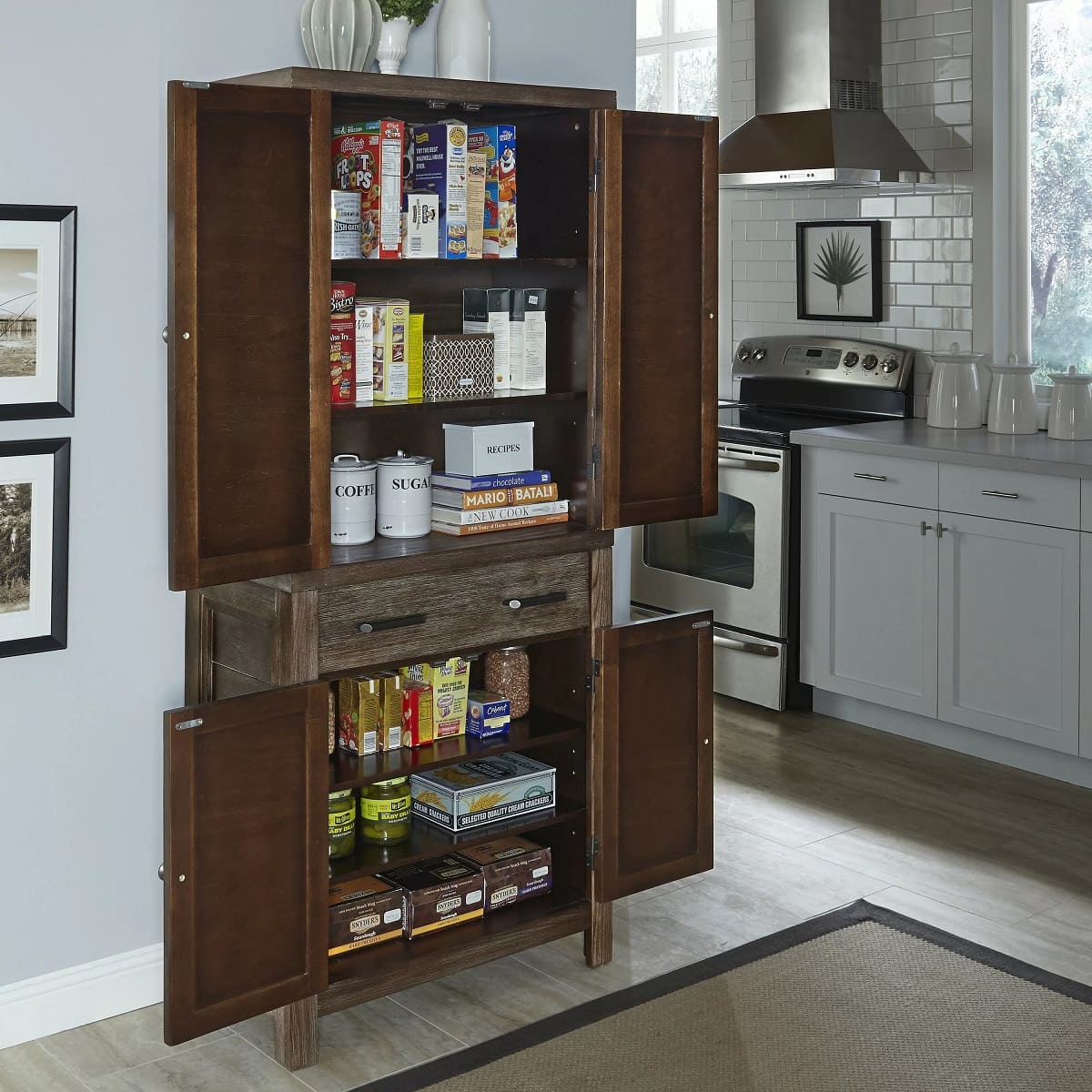
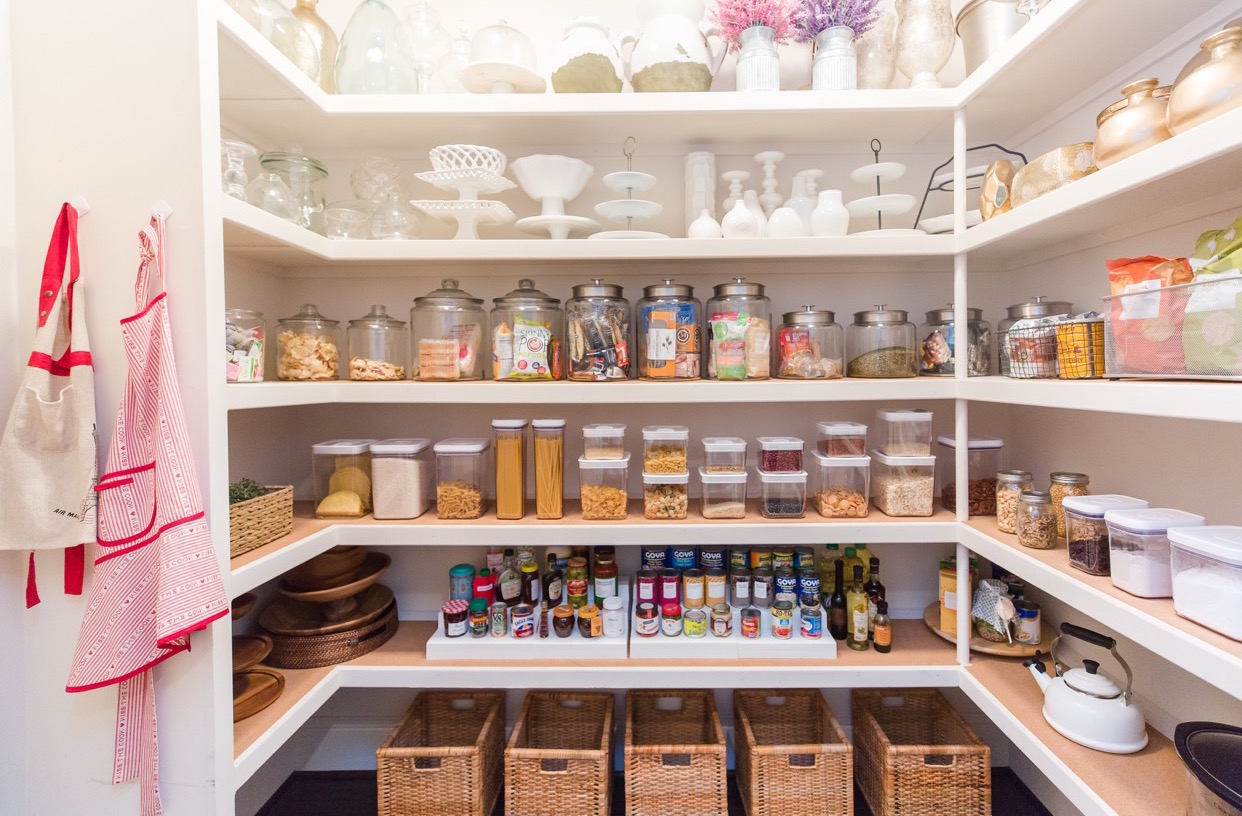
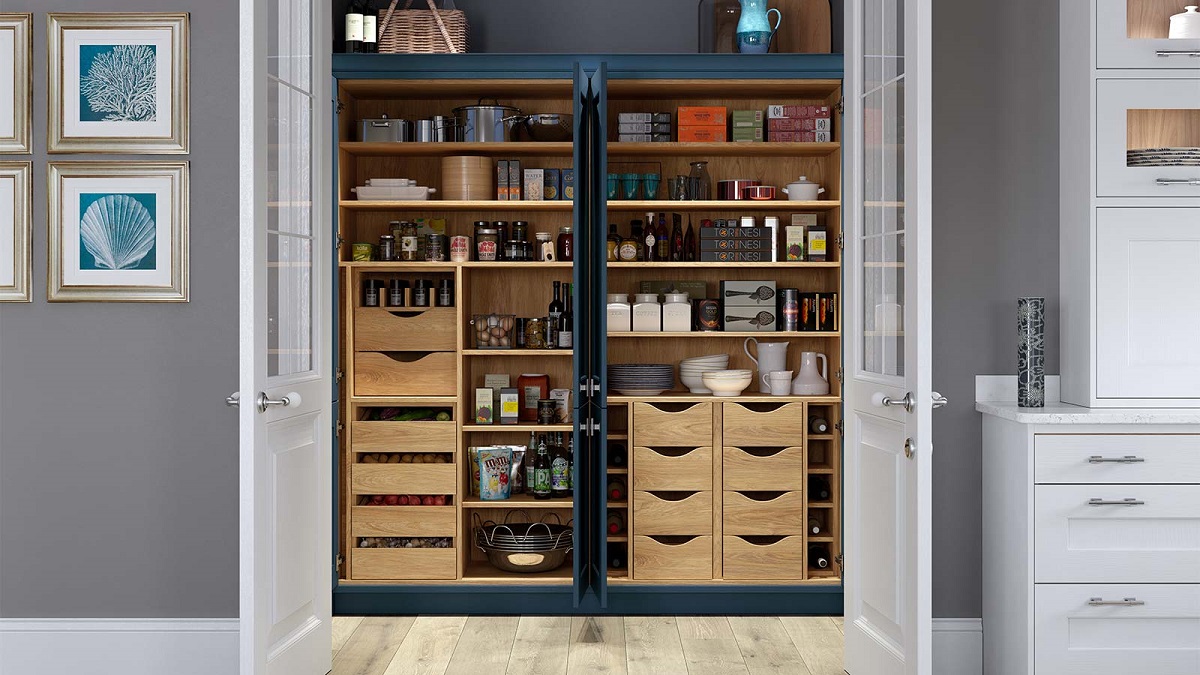
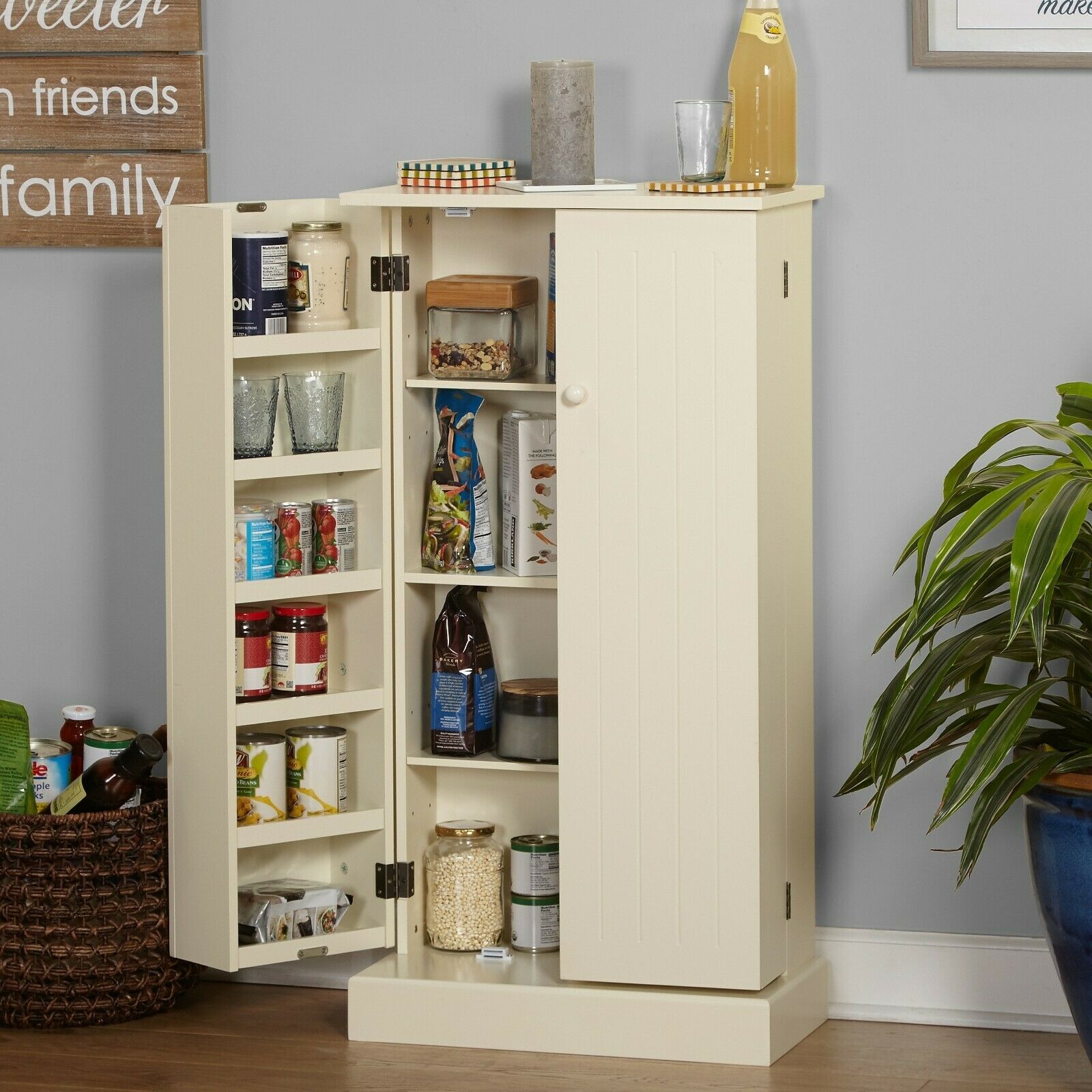

0 thoughts on “How To Organize A Small Pantry”